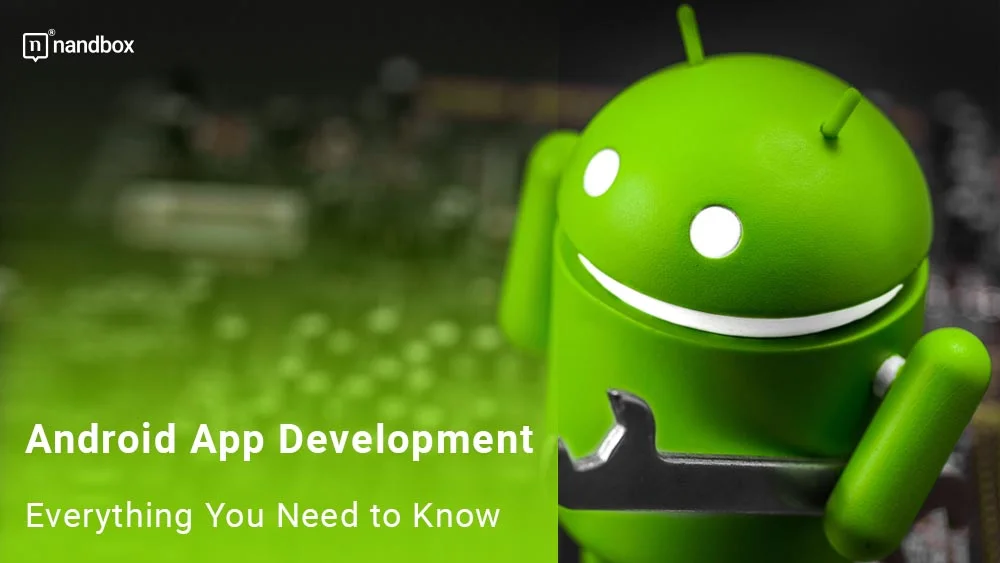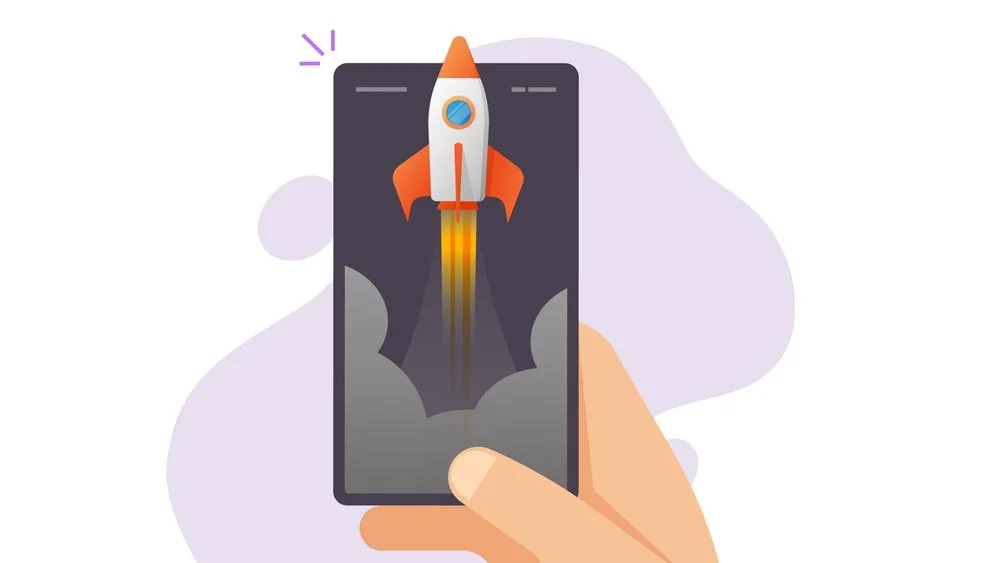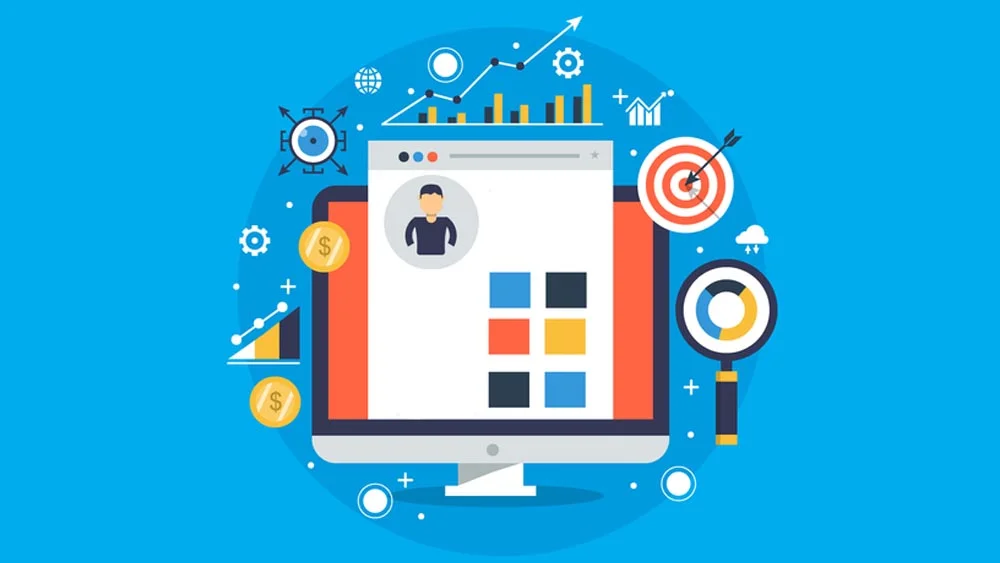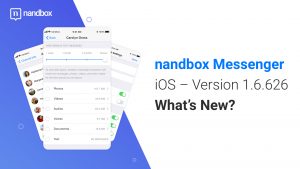Android App Development: Everything You Need to Know
What is Android App Development?
As straightforward as it sounds, Android app development is for creating software applications that use the Android operating system as its platform. With millions of devices running on Android, it has become the most popular operating system globally.
App development primarily focuses on coding, testing, and debugging applications that users can download and use on their devices. By learning how to develop Android apps, you can tap into a massive market of users and create innovative applications that can make a significant impact. In this article, we will explore everything you need to know about Android app development.
Basics Of Android App Development
To understand Android App development, it’s first important to know the Android architecture.
You see, the Android architecture has 4 main layers:
1.) Linux Kernel
Think of the Linux Kernel as the engine of a car. Just like how the engine powers the car, the Linux Kernel is the powerhouse of the Android operating system. It basically provides core system services like security, memory management, and process management.
2.) Libraries Layer
The Libraries layer has pre-built libraries like SQLite, OpenGL, and SSL, which developers can use to build their applications. The libraries layer is like the toolbox for a builder. SQLite, OpenGL and SSL are tools in the toolbox. These tools are used for managing databases, graphics rendering, and for secure network communication.
3.) Runtime Layer
The runtime layer runs the codes of the application. It includes tools like Android Runtime (ART) and Dalvik Virtual Machine (DVM). To put it in simple words, the runtime layer is like the conductor in an orchestra. Just like how a conductor leads an orchestra and brings all the different instruments together to create beautiful music, the Runtime layer brings all the different parts of an Android app together to create a functioning application.
4.) Application Layer
Finally, the Application Layer is what the user sees on their devices. It is the face of the application. In other words, this is what users install and interact with.
Understanding the Android architecture is essential for developers to build high-quality, scalable, and secure Android applications.
Android App Development Frameworks
To build an android app, you’d need a set of software tools, libraries, and guidelines. In other words, what you need is an app development framework. These frameworks provide a structured approach to building apps.
Here’s an overview of some of the Android App Development Frameworks.
1.) Flutter
It is an open-source framework for developing mobile applications. They allow developers to create high-quality apps quickly. It also has a flexible UI toolkit that allows users to play around with different app interfaces and responsive designs.
However, Flutter may not be suitable if you’re designing apps that require high native functionality. Moreover, its library support is still under development.
2.) React Native
The best part about React Native is that it allows you to use your existing knowledge of web development languages like JavaScript to create mobile apps. React Native also offers a wide range of third-party libraries, making it easy to add features and functionality to an app. When you compare Flutter and React Native, you’ll notice that this extensive library support in React Native can be a significant advantage, as it provides developers with a wealth of pre-built components and solutions to expedite the development process. Considering hiring a React Native developer for your team can help ensure that your app development process is efficient and optimized for performance.
But one major problem with this framework is that it can be a slow process and it may not offer the same level of performance as a fully native app.
3.) Xamarin
Xamarin is a cross-platform app development framework that allows developers to write code once and deploy it across multiple platforms. The best part about Xamarin is its ability to integrate native APIs. This provides you access to a wide variety of native features and functionality. It also offers a robust testing framework, making it easier for developers to test their apps across multiple platforms.
But one major disadvantage of Xamarin is that it can be complex to learn and performance may not be as fast as a native app.
Overall, your choice of the framework should depend on the specific needs of the app and of course your own expertise.
Next, we look at the importance of User Interface. A great UI not only enhances the User Experience but also plays a vital role in retaining users on your app.
Importance of User Interface Design
When you have a well-developed UI, you can guide your users through the app’s various features and functionalities. It can make the app more intuitive and easy to use.
Here are some tips that you can consider while designing your UI.
- Try to keep it simple. A complex UI can overwhelm your user and discourage them from using the app in the first place. For example, if your app has multiple steps for installation, users would refrain from using it.
- Keep your design elements consistent. Make sure you use similar fonts, colors, and layout to give your app a unified look.
- Use familiar patterns. Your app should not introduce radically new patterns that can overwhelm the user. Remember that no user would want to learn how to use your app. Your app should explain itself.
- Make sure that your app is accessible to even people with disabilities.
- Collect user feedback. This will help you identify your pain points and give areas for improvement.
Now that you know the basics of app development, different development frameworks, and the importance of a good UI, let’s see how an app is made.
An Overview Of the App Development Process
The app development process is a multi-step approach that involves planning, designing, coding, testing, and launching an application. Each step is critical to ensuring a successful end product, and skipping any of them can lead to subpar results.
1.) Planning
The first step is planning, where the goals and objectives of the app are defined, the target audience is identified, and the features and functionality of the app are determined. This step lays the foundation for the app development process and helps ensure that the final product meets the needs of the intended audience.
2.) Designing
Next comes designing, where the user interface and user experience of the app are created. This involves wireframing, prototyping, and creating a visual design that is appealing, intuitive, and easy to use.
3.) Coding
Once the design is finalized, the coding phase begins, where the app’s functionality is created using programming languages and frameworks. This phase is where the bulk of the development work occurs and is critical to ensuring that the app performs as intended.
4.) Testing
After coding, the app goes through testing to ensure that it is free from bugs, glitches, and other issues. Testing is a crucial step in the app development process and involves both automated and manual testing to identify and resolve any issues.
5.) Launching The App
Finally, after the app has been thoroughly tested, it is ready to be launched. This involves submitting the app to the app store, making it available for download, and promoting it to the target audience.
Just launching the app may not be enough. If your app is a business in itself, it needs to be monetized. So let’s see how we can monetize our apps.
App Monetization Strategies
There are different ways to monetize your app. Here are some of the most popular ones.
1.) In-App Purchases
In this model, you can keep major parts of the app free. But you can include some parts that can act as add-ons. If users would want to use these features, they would have to make a purchase. This kind of model is common in many gaming apps.
2.) Subscription Model
This is a common model in many apps like Spotify, Netflix, and even ed tech platforms. This is when you can have two levels of your app. The first level would be free, but with limited features. The second level would be under a pay-wall, but with premium features.
3.) Advertisements
If none of these models suit your app, you can consider having ads within your app. You can integrate ads into their apps, either through banner ads or interstitial ads that appear between app screens.
In addition to the above 3 models, you can also have affiliate marketing and sponsorships.
Now that you know the basics of Android App Development, start acting on it. Here are a few resources that can help you begin.
Resources For Learning App Development
1.) Online courses:
Platforms like Udacity, Edapp, Coursera, and Udemy offer a wide range of courses on Android app development. These courses are taught by industry professionals and cover everything from the basics of Android development to more advanced topics like building custom user interfaces and integrating APIs. For deeper understanding, you might also want to delve into an insightful Udacity review.
2.) Books:
There are several great books on Android app development, including “Head First Android Development” by Dawn Griffiths and David Griffiths, “Android Programming: The Big Nerd Ranch Guide” by Bill Phillips, Chris Stewart, and Kristin Marsicano, and “Android App Development For Dummies” by Michael Burton.
3.) Forums:
Online forums like Reddit’s r/androiddev and Stack Overflow are great places to connect with other developers and get answers to your questions. These forums are also a good source of information on best practices, common pitfalls, and emerging trends in Android development.
4.) YouTube channels:
There are several YouTube channels dedicated to Android app development, such as Google Developers, Android Developers, and Coding in Flow. These channels offer tutorials, tips, and best practices for building Android apps.
5.) Official Android documentation:
Google offers comprehensive documentation on Android development through the Android Developer website. This documentation covers everything from getting started with Android Studio to building and testing your app.
Start Now!
Developing an Android app may not be easy. But by following a few of our tips and tricks, you can get a head start on it. Make sure to explore the different resources available to know more.









